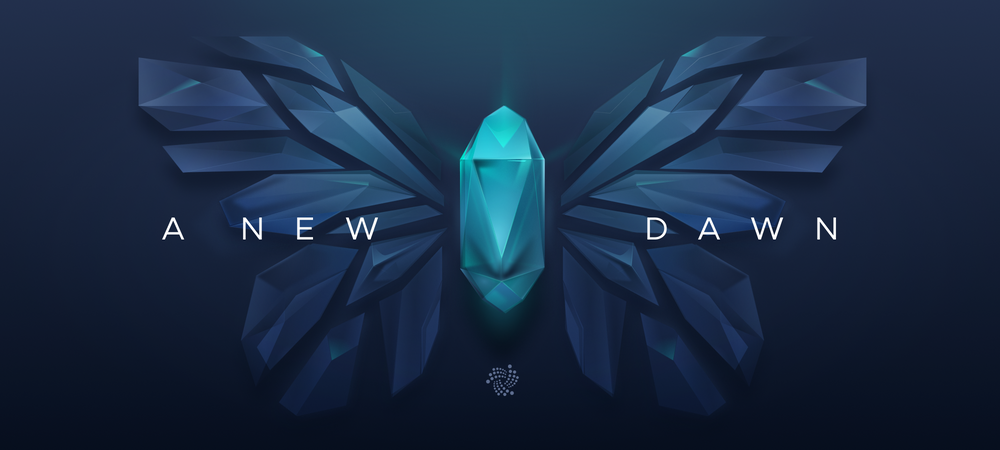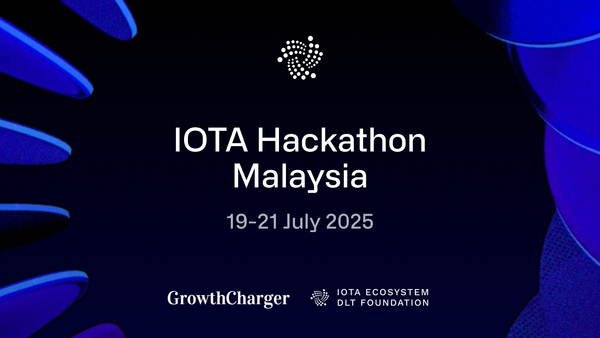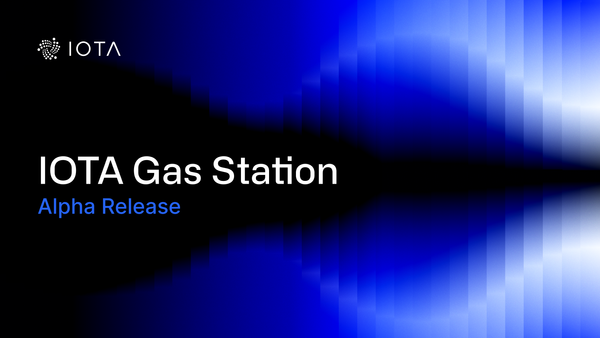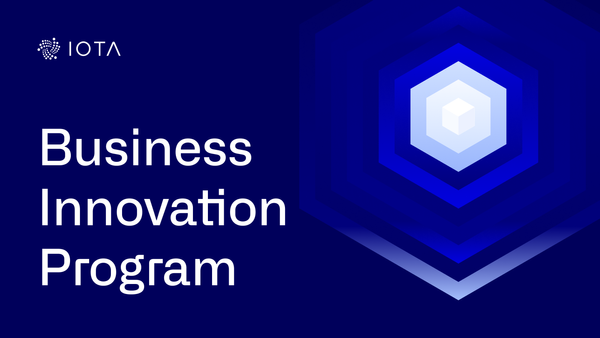IOTA: A New Dawn
The launch of the first IOTA mainnet in June 2016 was the start of our journey to revolutionize blockchain. We introduced the very first distributed ledger based on a directed acyclic graph (DAG) – a scalable and lightweight protocol to overcome rising costs and power consumption by removing miners and fees. We called it “the Tangle”. The Tangle was designed to be a more equitable, democratic, and secure network, where every node would directly contribute to the security of the overall system.
Our vision was that this system would go on to revolutionize industries, from Automotive to Supply Chain, Industrial IoT to Personal Identity, ushering in a wave of innovation that would coalesce in the formation of an altogether new economy – the machine economy – where devices exchange information, value and digital assets autonomously.
In pursuit of this vision, we began a quest that would involve breaking down barriers by sometimes taking unconventional steps. This included a fundamental deviation from technical norms, which to onlookers made us an outsider, and to our community, an underdog. But by going against the grain to create something new, we made some missteps along the way.
Some of our early design decisions were found to be suboptimal, others reaching far beyond the foreseeable horizon. This was not only perceived by members of the IOTA Foundation but also by a range of external developers, security researchers, enterprises, and organizations, who together contribute to the development of the IOTA protocol.
In our interactions outside the community, criticism has sometimes been dismissed too quickly and a number of situations have not been handled appropriately. Maturing means admitting the poor decisions from our past, and publicly showing our commitment to the principles of collaboration, transparency, and openness. We can only move forward by admitting to these mistakes today, and by building and rebuilding bridges in 2021.
We have to dare to continuously reinvent ourselves and improve our technologies in order to fulfill our vision. Being a pioneer in a nascent, fast-paced industry means that you get some things right, while others have to be discarded. “Fail fast, fail early and fail often,” they say. We did, and we have learned from our failures, and have become a stronger, more mature organization and ecosystem as a result.
Acting on your feedback
With the upcoming upgrade to the Tangle, we will conclude our efforts to resolve the outstanding technical issues and inefficiencies. The name “Chrysalis” represents a fundamental, natural transformation into one’s mature form. An apt name for the upgrade we are about to undertake.
In August 2020 we released the first set of changes to push IOTA towards production readiness, Chrysalis Part 1. The release of the second and final part of Chrysalis is now approaching, with which we will deliver major improvements in performance, stability, reliability, and security. We will replace exotic aspects of the protocol with established standards and provide a wealth of new tooling for developers, enterprises, and exchanges.
Chrysalis is the most extensive upgrade in IOTA’s history, touching all aspects of the protocol, libraries, wallets, and software implementations developed by the IOTA Foundation. It truly marks “a new dawn” for IOTA, becoming production-ready and forming a foundation for upcoming features like smart contracts and tokenization. With these long-awaited features, our community will be able to build many of the compelling innovations we have seen in the last few months, including scalable Automated Market Makers, feeless decentralized finance platforms, powerful oracles, and smart contract-based startups that can leverage the power of the IOTA Tangle.
The Chrysalis update already contains several aspects necessary for the removal of the Coordinator. Many breaking changes are deliberately being made now with reduced adjustments remaining for the actual Coordicide event. This will allow enterprises, developers, exchanges, custodians, and other partners to begin implementing their solutions with the launch of Chrysalis.
We are incredibly excited about this new chapter of the IOTA story. We have made decisions that were oftentimes not easy, but we have significantly matured as an organization because of them. In doing so we have stayed true to what we do best and doubled down on our efforts to create an equitable, democratic and secure network. We invite everyone to join us on our journey to revolutionize the industry and build the machine economy with IOTA.
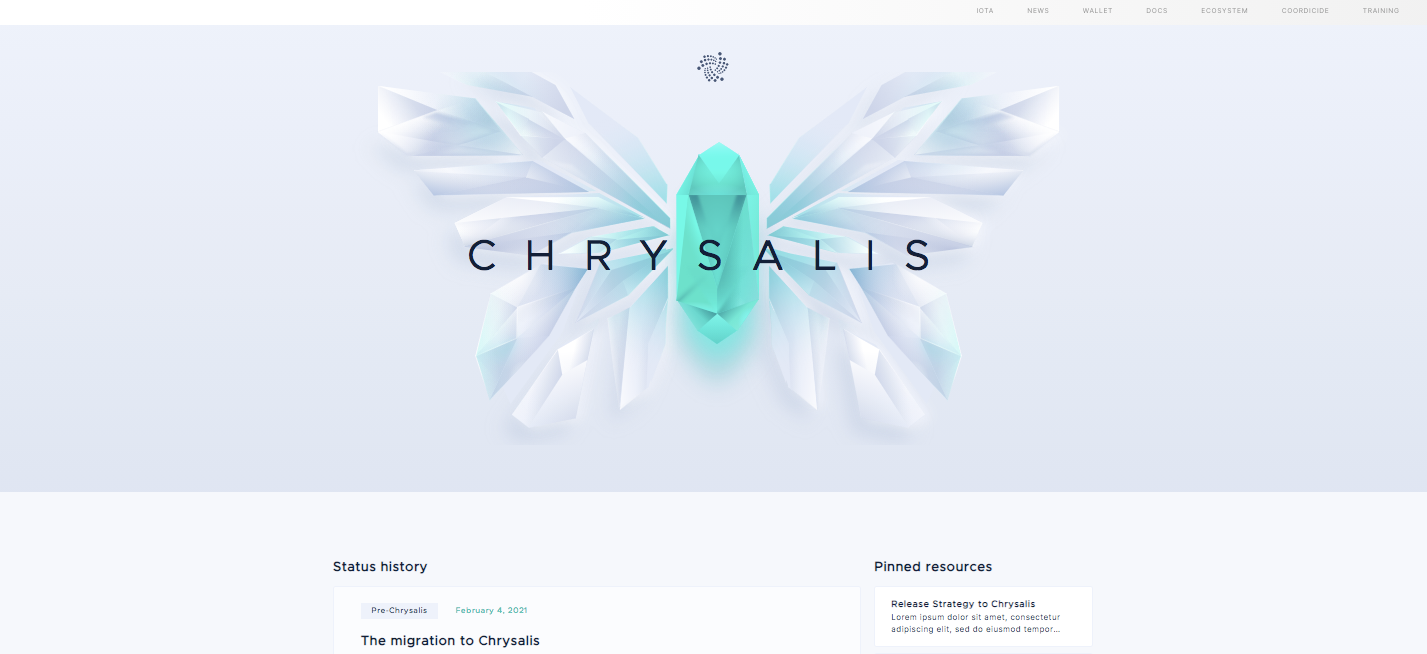
We have set up a dedicated page for Chrysalis that will always contain up-to-date information in one central place. The status updates during the actual network update will also be covered on this page: https://chrysalis.iota.org
Due to the magnitude of change, and for you to be able to familiarize yourself with Chrysalis in advance, we will be releasing various publications leading up to the mainnet update, each focusing on different aspects of Chrysalis and their impact on the future of IOTA. We will also publish a series of videos giving insights into different aspects of Chrysalis, addressing their impact, and how they interact with each other.
Upcoming information and releases:
- Firefly public beta release
The desktop version of our successor to the “Trinity” wallet. An overhaul in usability and security with a future-proof modular design. - Chrysalis update timeline
A detailed timeline of events, explaining the actual network update. - Chrysalis Token migration guide
A how-to guide on migrating your tokens to the new address scheme introduced with Chrysalis (including an option that is not time-sensitive). - Security audit results
The audit notes and certificates for all relevant projects and their dependencies. - Developer Documentation
Documentation for developers on how to start getting productive with IOTA. From deploying your own Bee/Hornet node to integrating IOTA’s functionality directly within your dApp. - Software bindings documentation
A high-level explanation of the software bindings, available for Python, JavaScript (and C, shortly after). - Hornet release Chrysalis version
An updated version of our Go-based node implementation Hornet. - Bee release Chrysalis version
The first release of Bee, our Rust-based node implementation. - Firefly architecture
An explanation of the modular architecture Firefly offers to enterprises and integrators, and the innovations in security from “Stronghold” (with sensitive operations being handled in isolated memory). - Chrysalis reusable addresses and new signature scheme
An explanation of reusable addresses and the Ed25519 standards-based signature scheme was introduced with Chrysalis. - Atomic transactions / UTXO
An introduction to the Unspent transaction output” model Chrysalis utilizes (known from other cryptocurrencies e.g. Bitcoin) and the capabilities of atomic transactions. - Chrysalis dust protection
Details on IOTA’s solution to prevent dust attacks, introduced with Chrysalis.
Follow us on our official channels to stay tuned with all the steps of the migration!

